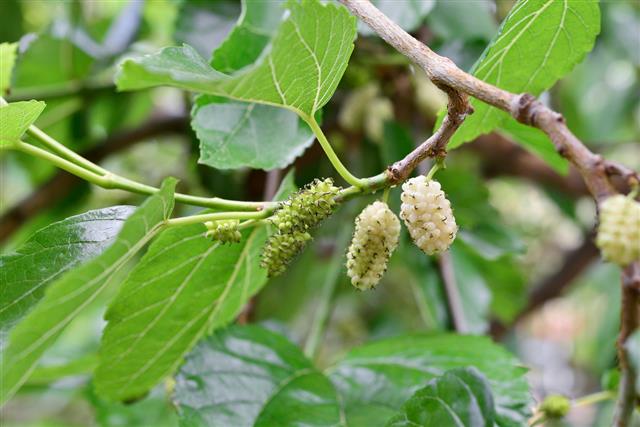fruitless mulberry tree identification
Garden Answers Plant Identification Plant Identification Morus Alba Plants Under a white mulberry tree there was an old wagon-seat. You can prune your fruitless mulberry now.

Growing Mulberries In Containers Learn About The Care Of Mulberry In Pots
The Kew Plant List shows 213 species names under the genus of Morus but as of July 2021 lists only 19 species as being accepted.

. A mature tree left unpruned can grow 30 to 50 feet tall and quickly take over a small landscape space. Males are fruitless but still produce a prodigious amount of pollen in. The black ones have a heart-shaped leaf base.
Contents show The mulberry tree is native to China and was first cultivated thousands of years ago but today it can be found growing across the globe in several environments. Use sterile pruning to remove all affected leaves and small branches. Black mulberry trees can grow to a height of 70-80 ft 21-24 m.
Keep reading to learn more about the fruitless mulberry tree. Left unchecked mulberry leaf spot will cause malformed leaves to grow then yellow quickly and fall. In order to get the most of your trees however youll need information on mulberry tree care.
Fruitless mulberry trees are incredibly fast-growing trees. Adaptable to wide range of soil and conditions. A fast growing usually dense tree with a profusion of tight-knit slender branches.
Any time in the dormant season when the leaves are off the tree is a good time to prune deciduous trees including the mulberry. Most mulberries sold for fruit in the United States are cultivars of Morus alba White Mulberry Morus rubra Red Mulberry Morus nigra Black. Mulberry leaf spot is a fungal infection that attacks the leaves of the fruitless mulberry.
Thats where we come in. You should complete your pruning before the buds begin to expand enough to show color. Mulberry trees are a considerably popular species of fruit tree that is widely cultivated around the world due to the unique fruit that it bears.
The Earth itself too in freedom untouched by the harrow and wounded by no ploughshares of its own accord produced everything. Dispose of debris in a garbage bag or. Ovate to broad-ovate 2 to 7 long and up to 6 wide.
Its deciduous toothed leaves yellow-green to lustrous dark green are extremely. And white mulberry Morus alba a native of China that is now widely naturalized in North AmericaBoth the red and white speciesas well as any. Morus rubra leaves are 2-7 in 7-18 cm long and 3-4 in 8-12 cm wide.
The number of decent fruit bearing species is even less. The most common species of mulberry trees are white Morus alba red Morus rubra and black Morus nigra. Leaves turn yellow in autumn.
Red mulberry Morus rubus a native of eastern North America. Light to dark green leaves are alternate simple undivided or lobed. 2459 Likes 121 Comments - University of South Carolina uofsc on Instagram.
With exception to the fruitless mulberry variety growing mulberry trees can provide tasty fruits for both you and wildlife depending on your needs. A way to recognize the fruitless mulberry from the black mulberry would be by checking the leaf. Both are edible but the flavor varies quite a bit between species and between individual trees so give em a taste test before diving in.
The leaves first will develop black spots. It is generally a short-lived tree although there are some specimens known to be over 250 years old. This occurs just before the buds finally open.
They are small to medium in size and can typically live up to around 50 years and up to 75 in rare cases. Fruitless clones like Striblingii offer none of those disadvantages and are becoming popular as landscape plants. White mulberry is a multipurpose tree widely planted in tropical subtropical and mild temperate regions of the world for fodder and silkworm rearing and for fruit and timber production.
A native to China. There are many species of mulberries in the world but here in North America we are most likely to run into Morus alba white mulberry or less commonly M. The black mulberry is the tiniest of the species while the red mulberry can grow to be quite big.
Red mulberry trees can grow up to 3550 ft 1015 m. Description of fruitless mulberry tree. Tree size berries and where they are growing all will help you identify the type of.
The following articles have everything you need to grow mulberries in the landscape. Mulberry is a medium-sized deciduous tree that produces small tasty but messy fruits in summer. The fruitless mulberry develops an extremely dense round-topped crown and reaches 30 to 50 feet in height.
The Kokuso mulberry. There are two species commonly found in North America. Classification Of Fruitless Mulberry Trees.

What Is A Fruitless Mulberry Tree Growing Tips And Fruitless Mulberry Care

Growing A Mulberry Tree And How To Use Mulberry Leaves Branches And Berries Mulberry Tree Vegetable Garden Trellis Tree

Fruitless Mulberry Tree A Profile Of A Tree Howstuffworks
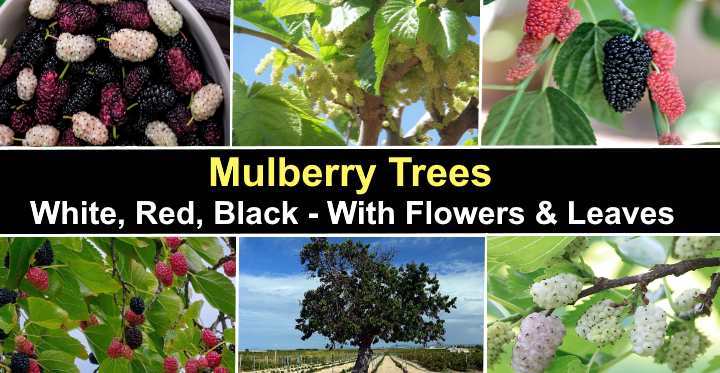
Mulberry Trees White Red Black With Flowers And Leaves Pictures

Growing Weeping Mulberry Trees Tips On Planting A Weeping Mulberry Tree

Reasons For Yellow Leaves On Fruitless Mulberry Yellow Leaves Yellow Leaf Trees Mulberry Leaf
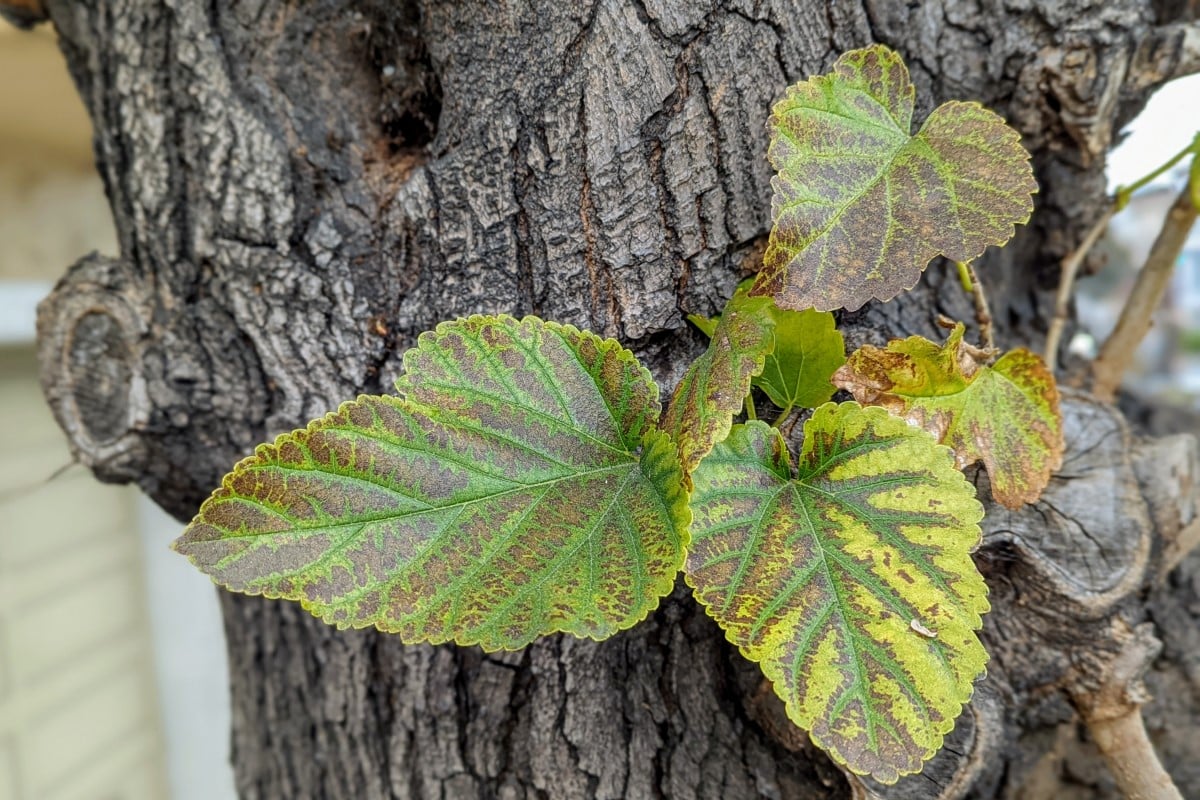
Mulberry Pollen Allergy Morus A Quick Guide W Photos Allerma
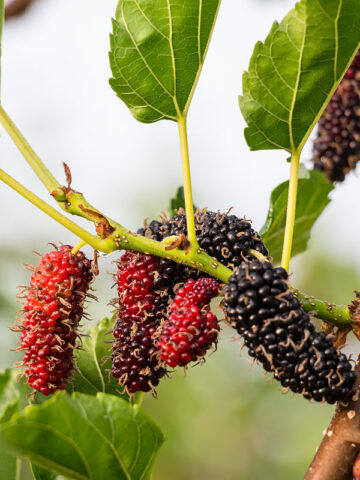
High Yield Giant Sweet Southern Black Mulberry Tree Morus Nigra Urban Tropicals
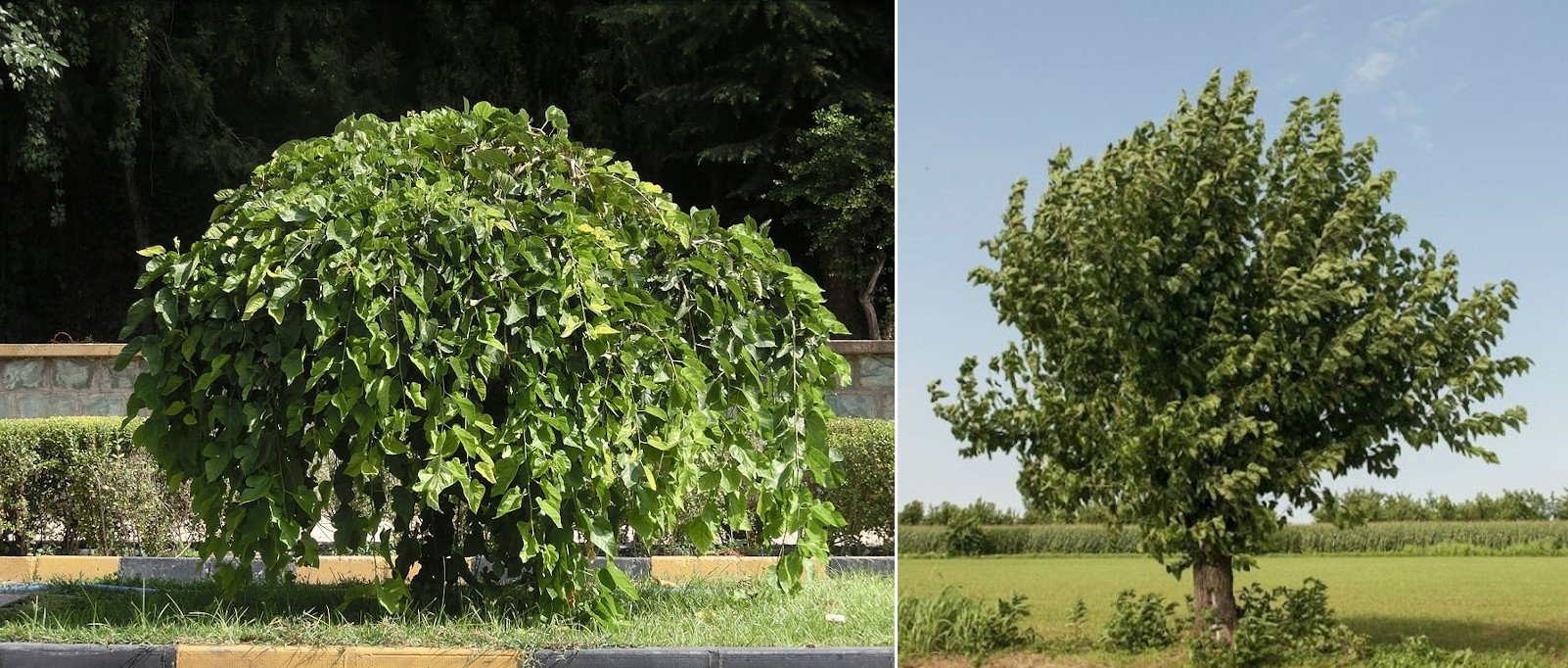
White Mulberry University Of Redlands

How To Identify A Mulberry Tree Youtube

Mulberry Merriwether Adventurer Flickr Mulberry Plant Tree Leaf Identification Mulberry Leaf

How To Grow Mulberry Trees Mulberry Tree Fast Growing Shade Trees Growing Fruit Trees

Why Is There A Yellow Leaves On Fruitless Mulberry

Aino Mulberry Morus Australis Plants Garden Photography Landscaping Plants

Mulberry Leaf In The Diet Ehow Mulberry Leaf Weeping Mulberry Tree Trees To Plant



